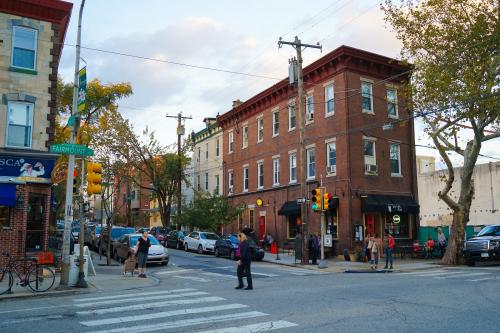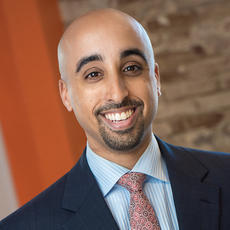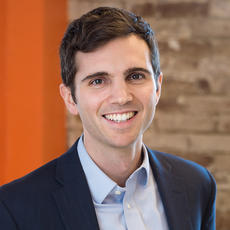Twelve percent. That is the share of U.S. census tracts that the U.S. Treasury Department (Treasury) officially certified as Opportunity Zones on June 14. What unfolds over the next 10 years in one-eighth of America’s neighborhoods could fundamentally shape the landscape of inclusive economic growth across the country.
 Opportunity Zones are a new program to encourage long-term investments in low-income communities nationwide. The program offers a tax incentive for investors to deploy unrealized capital gains into Opportunity Funds that invest within designated Opportunity Zones. These zones are census tracts designated by states, and certified by Treasury, as meeting thresholds for high poverty or low income. Tax subsidies accrue to Opportunity Fund investors after holding the investments for intervals of five, seven, and 10 years. Treasury is preparing regulations that will govern how Opportunity Funds can invest these unrealized capital gains—estimated at $6.1 trillion market-wide—in the 8,700 census tracts nationwide designated as Opportunity Zones.
Opportunity Zones are a new program to encourage long-term investments in low-income communities nationwide. The program offers a tax incentive for investors to deploy unrealized capital gains into Opportunity Funds that invest within designated Opportunity Zones. These zones are census tracts designated by states, and certified by Treasury, as meeting thresholds for high poverty or low income. Tax subsidies accrue to Opportunity Fund investors after holding the investments for intervals of five, seven, and 10 years. Treasury is preparing regulations that will govern how Opportunity Funds can invest these unrealized capital gains—estimated at $6.1 trillion market-wide—in the 8,700 census tracts nationwide designated as Opportunity Zones.
Many questions remain on how Treasury will regulate Opportunity Funds. In Cleveland, we are grappling with a very complex question, separate and apart from the regulations: How can our city have the most equitable Opportunity Zones in the country?
We are motivated to consider that goal in light of the fact that the Opportunity Zone program does not foreordain more equitable outcomes. Indeed, many observers—including at Brookings—have cautioned that the program could induce a “race to the bottom,” where investments flow to the hottest markets most free from regulatory constraint, without attention to the long-term social equity implications.
From our position at a philanthropic collaborative dedicated to fostering growth and opportunity in Northeast Ohio, we instead see the potential for a “race to the top” that incentivizes patient, equitable capital flows that catalyze business growth and wealth building in low-income communities. Indeed, our local context demonstrates that a lack of equity is placing significant constraints on our ability to generate growth and prosperity for all:
- Seventy-four percent of qualified Opportunity Zone residents in Cuyahoga County, which contains the city of Cleveland, are people of color (compared to 56 percent nationwide).
- As of 2013, 36 percent of black households in Cleveland have zero net worth.
- Income inequality between white and black residents in Cleveland has nearly doubled from a difference of roughly $12,000 per year in 2000 to $22,000 per year in 2016.
- Opportunity for growth exists: For example, research from the Fund for Our Economic Future and from PolicyLink estimates that greater racial income equality could result in an annual GDP increase of $6 billion to $13 billion per year for the region overall.
These facts are not unique to Cleveland, and similar statistics surely characterize many other cities across the country. What could communities like ours do with a mere fraction of the $6 trillion in unrealized gains, deployed into neighborhoods with some of the greatest need, according to a racially equitable investment framework?
As we stated in our recent report, The Two Tomorrows: “Being average is a choice. So is being extraordinary.” Cleveland is preparing its community and its institutions to run this 10-year race to realize the most equitable Opportunity Zones in the country. Who is ready to run with us?
The Brookings Institution is committed to quality, independence, and impact.
We are supported by a diverse array of funders. In line with our values and policies, each Brookings publication represents the sole views of its author(s).








Commentary
The race for economic opportunity is about to begin. Who is ready?
June 18, 2018